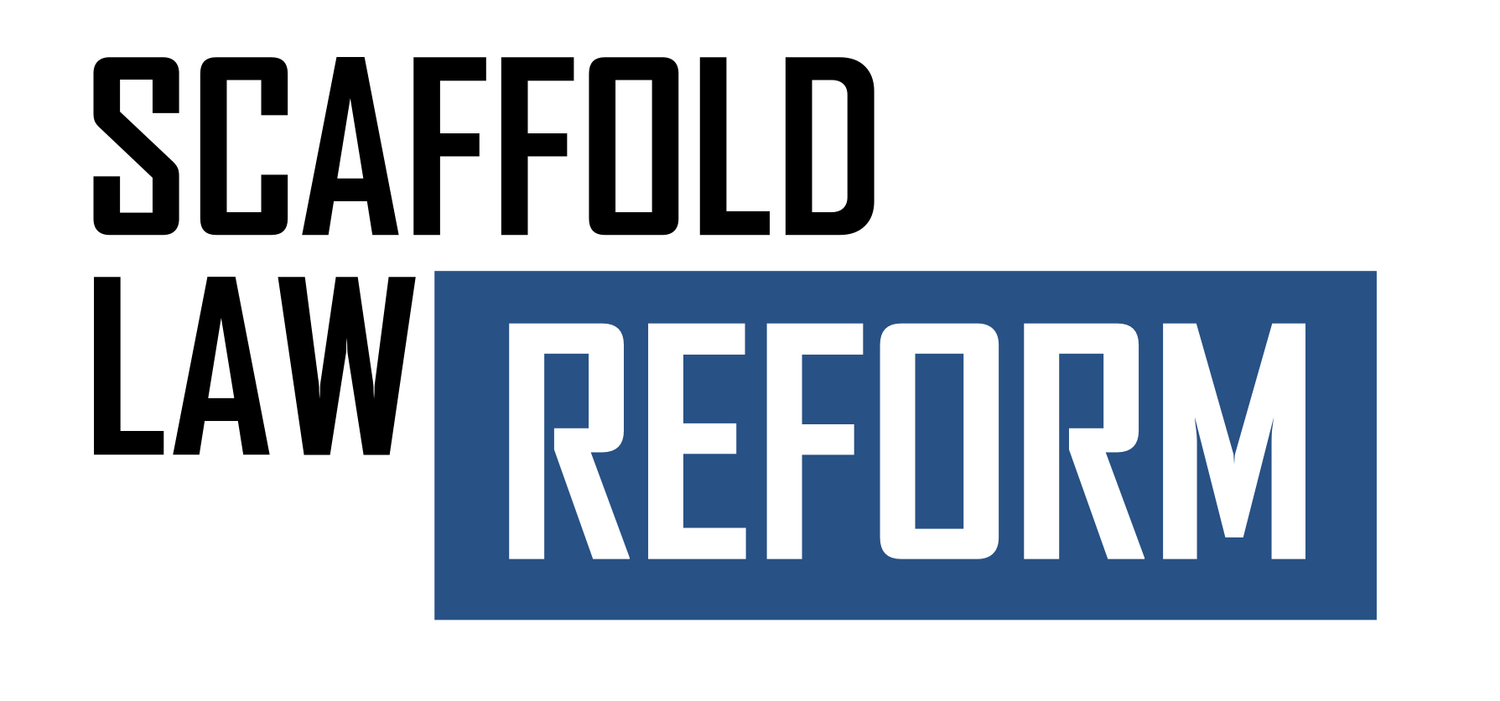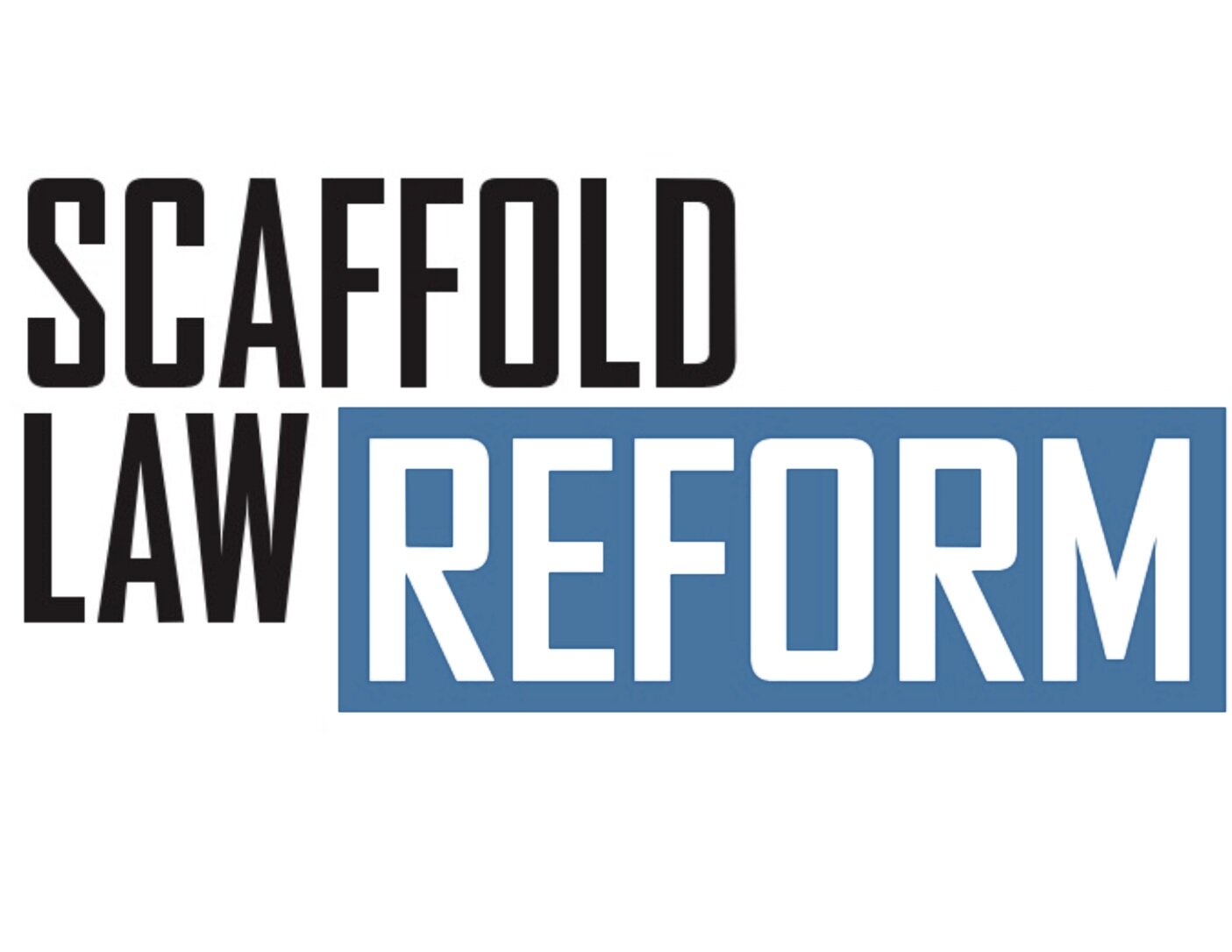Rome Sentinel: Childcare investments will be squandered under New York’s Scaffold Law
By: Tom Stebbins
Childcare deserts are a serious issue in New York, particularly in the Mohawk Valley, where as many as 70% of census tracts lack adequate daycare options. Families are struggling to find affordable and accessible childcare, which limits parents’ ability to work and provide stability for their households.
In her State of the State address, Gov. Kathy Hochul proposed a $110 million investment to build additional childcare centers to remedy this pressing issue. Unfortunately, the success of this initiative will be undermined by New York’s outdated and expensive construction liability law, known as the Scaffold Law.
To effectively address the need for childcare facilities and other infrastructure needs, it is essential that every public dollar is spent wisely. That cannot happen unless the legislature acts to reform the Scaffold Law. As it stands, the law — specifically Labor Law 240/241 — drains resources away from critical construction projects. Property owners and contractors are held 100% liable for what courts refer to as “gravity-related” worksite accidents, regardless of whether a worker’s own actions contributed to the incident. This absolute liability standard, unique to New York, inflates insurance premiums, encourages excessive and often fraudulent litigation, and drives up the cost of every public and private construction project.
Originally enacted in the 1880s, before modern safety protocols existed, the Scaffold Law has long outlived its purpose. Today, it does nothing to enhance safety but serves as a financial albatross, burdening taxpayers and blocking progress. The potential public sector savings from getting rid of the Scaffold Law have been estimated in the hundreds of millions per year. Imagine how many additional childcare centers, schools, hospitals, roads, and bridges could be built, and how many more New York communities could benefit if these unnecessary costs were controlled or eliminated.
Tackling childcare shortages requires more than just investment — it demands that we remove barriers that siphon funds away from critical projects, from childcare to transportation to affordable housing. New Yorkers are left paying more and getting less, as the Scaffold Law inflates costs while delivering fewer completed projects and diminished public services. Projects are delayed, scaled back, or way beyond budget due to the spiraling costs associated with the law.
Proponents of the law, mostly the personal injury trial lawyers who can take 33% of every settlement, argue that it ensures worker safety, but the evidence says otherwise. States with comparative negligence standards, which hold all parties accountable based on their level of responsibility, achieve similar safety outcomes while avoiding out-of-control liability costs. Reforming this outdated statute wouldn’t compromise safety — it would create a more accountable system that supports proactive safety measures while reducing costs.
Families in the Mohawk Valley and across the Empire State are already grappling with the rising cost of living and limited access to essential services. Gov. Hochul’s initiative to construct more childcare facilities is commendable, but its potential will remain limited as long as the Scaffold Law continues to waste taxpayer dollars on inflated liability costs and unnecessary litigation.
The question is straightforward: Should public investments be bogged down by outdated legal frameworks that only benefit special interests, or should they focus on creating real opportunities for families? By replacing absolute liability with a standard that accounts for the responsibility of all parties in litigation, New York can lower expenses, encourage economic development, and ensure that taxpayer dollars are used effectively.
This is a family issue, an affordability issue, and a matter of justice. Fixing the broken Scaffold Law would protect taxpayers’ public dollars, rebuild crumbling infrastructure, improve access to childcare, and lead to a brighter future for all New Yorkers.
To realize Gov. Hochul’s vision for a more affordable, accessible New York, Albany must take decisive action and prioritize Scaffold Law reform this legislative session.
Tom Stebbins is executive director at the Lawsuit Reform Alliance of New York, a coalition dedicated to reforming New York’s civil justice system.

